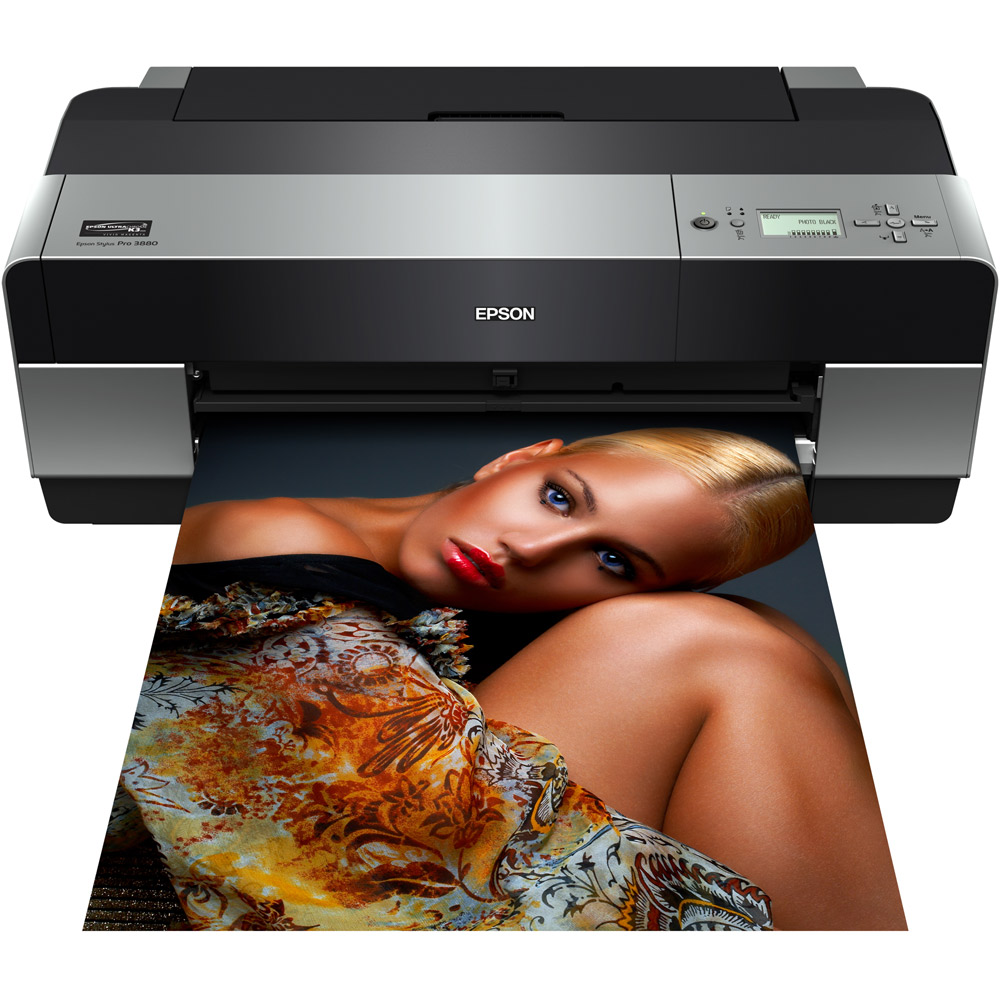

3DP as additive technology is distinct from traditional manufacturing techniques, which are s ubtractive processes in which material is removed using methods such as cutting or drilling. Speaking very briefly, 3DP consists in laying down successive layers of material in different shapes, each one printed directly on top of the previous one according to a computer program. A 3D printer of the Polish company Zortrax is presented in Figure 1.ģD printed bone structure featuring porous bone structure presented at 3D PrintShow Berlin 2015 © H. In the healthcare market, several factors influence global 3D printing, such as the advances in technology and improvement in the healthcare infrastructure, on the one hand, and an increase both in the percentage of the aging population and in the investment in research and development sector, on the other. The comment by Robert Elsenpeter from the ModernDental network – “The future might sound crazy, but it's real – and it's right around the corner” – refers to dentistry, but it is valid for the whole domain.Ī brief summary of the applications of 3D printing in medicine is provided by Christopher Barnatt on the YouTube channel ExplainingTheFuture. They include customized implants and prosthetics, medical models and medical devices that revolutionize healthcare and may even disrupt many areas of traditional medicine. It should be stressed that contrary to better known cases of personalized medicine dealing with molecules of drugs and their corresponding active sites, and hence on the nanoscale, the 3DP applications developed precisely for a patient's needs are on the macroscale.ģDP applications in medicine are booming.

For instance, implants or prostheses are 3D printed for a specific user's body, optimizing the technology to work for an individual, not an average user as with most mass produced products. As will be presented below, numerous applications of 3DP in medicine belong to personalized medicine. The relatively new field of bioprinting, that is printing with cells, will also be briefly discussed. This review will present applications in medicine that are revolutionizing the way operations are carried out, disrupting prosthesis and implant markets as well as dentistry, to name but a few. Healthcare, automotive, aerospace and defense industries are the most vivid areas of 3DP applications. Today, it is rapidly expanding: almost every week new printers and printing materials offering novel possibilities as well as new exciting applications appear. 3D printing (3DP) developed as a modification of an old inject printer.


 0 kommentar(er)
0 kommentar(er)
